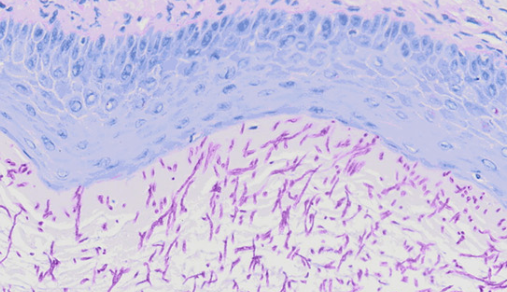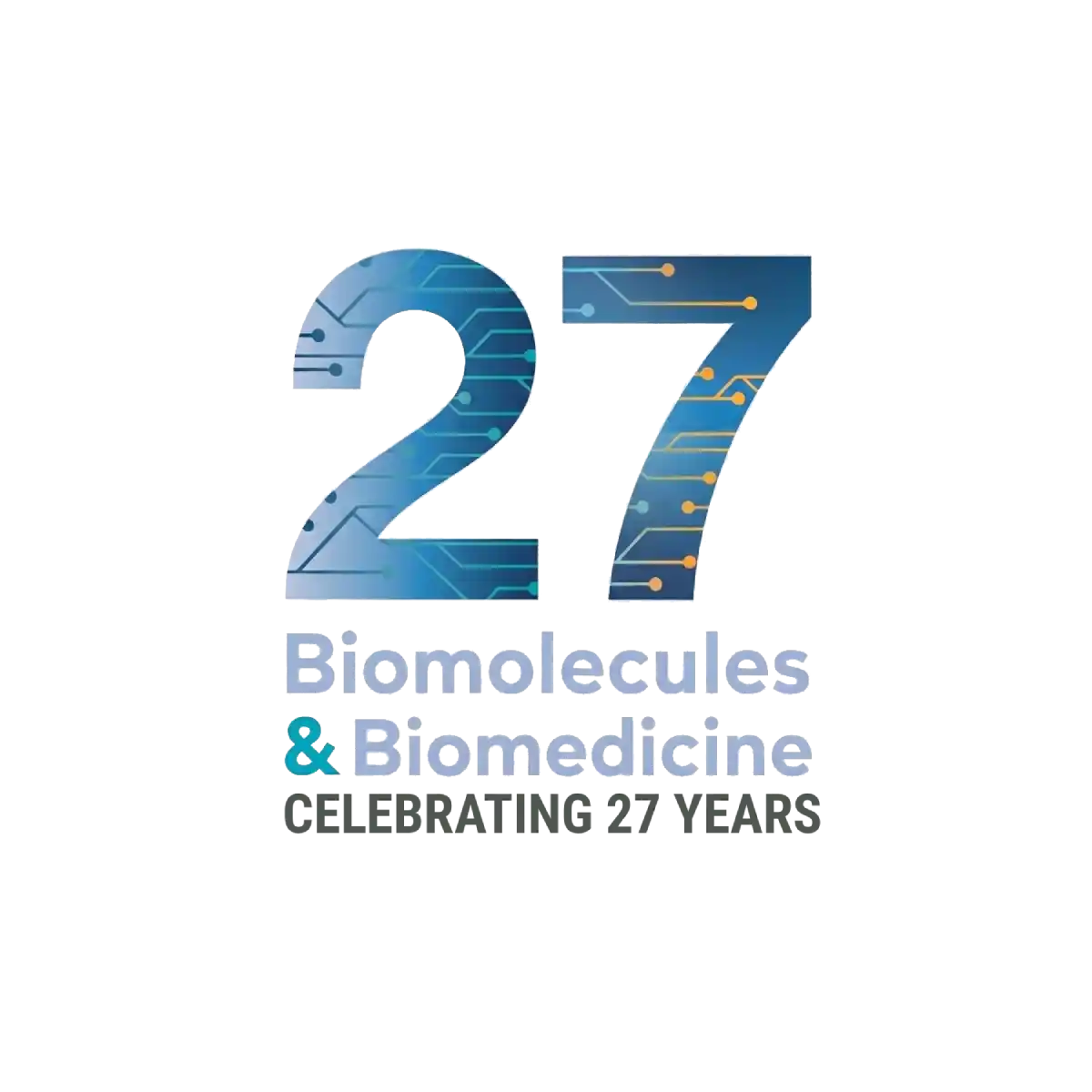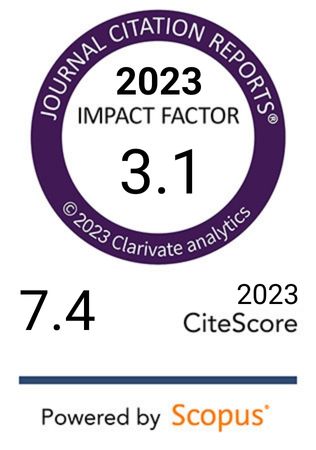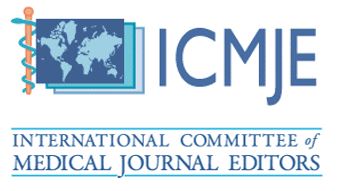The mechanism research of itraconazole combined with aspirin in the treatment of vulvovaginal candidiasis through NF-κB signaling pathway
DOI:
https://doi.org/10.17305/bb.2024.11358Keywords:
vulvovaginal candidiasis, VVC, aspirin, ASP, itraconazole, ITR, synergistic effects, NF-κB signaling pathwayAbstract
Vulvovaginal candidiasis (VVC) is a common fungal infection caused primarily by Candida albicans, characterized by inflammation and discomfort, often requiring effective therapeutic strategies to reduce fungal load and inflammation. This study aimed to explore the therapeutic effects and underlying mechanisms of combining aspirin (ASP) and itraconazole (ITR) in treating VVC through the activation of the NF-κB signaling pathway. Clinical isolates of C. albicans were selected, and the M27-A4 microbroth dilution method was used for in vitro drug sensitivity testing. A VVC model was established, and after three days of continuous administration, fungal load, inflammatory factors, and pathway protein expression were analyzed using Gram staining, plate counting, glycogen (PAS) staining, ELISA, and qPCR. The results of the in vitro drug sensitivity tests revealed that the MIC50 values of ASP and ITR were significantly reduced when the two drugs were combined. In animal experiments, the VVC model group exhibited a substantial vaginal fungal load compared to the blank control group. This was accompanied by elevated levels of inflammatory factors (IL-1β, IL-6, and TNF-α) in serum and vaginal lavage fluid, increased phosphorylation of p65 and IκBα, and upregulation of p65 and IκBα mRNA expression in vaginal tissue. Treatment with the ASP and ITR combination significantly reduced vaginal fungal load, decreased levels of IL-1β, IL-6, and TNF-α, and suppressed the phosphorylation of p65 and IκBα in serum and vaginal lavage fluid. Additionally, the mRNA expression of p65 and IκBα in vaginal tissue was downregulated. These findings suggest that the combination of ASP and ITR is effective in treating VVC. The therapeutic effect may be attributed to the inhibition of IL-1β, IL-6, and TNF-α production by downregulating NF-κB signaling pathway proteins.
Citations
Downloads

Downloads
Published
Issue
Section
Categories
License
Copyright (c) 2024 Tingting Wang, Wenli Feng, Jing Yang, Yan Ma, Zhiqin Xi, Zusha Qiao

This work is licensed under a Creative Commons Attribution 4.0 International License.









